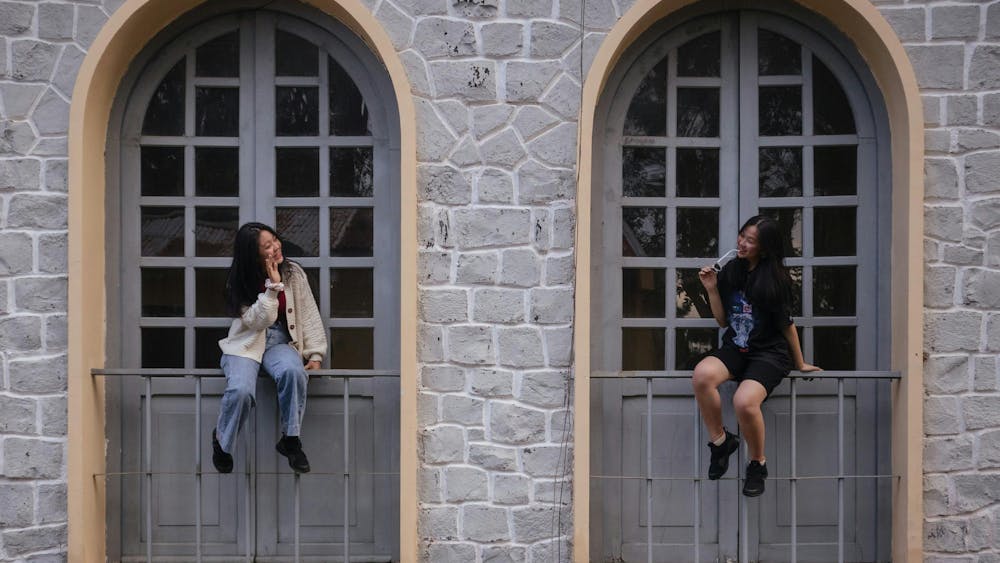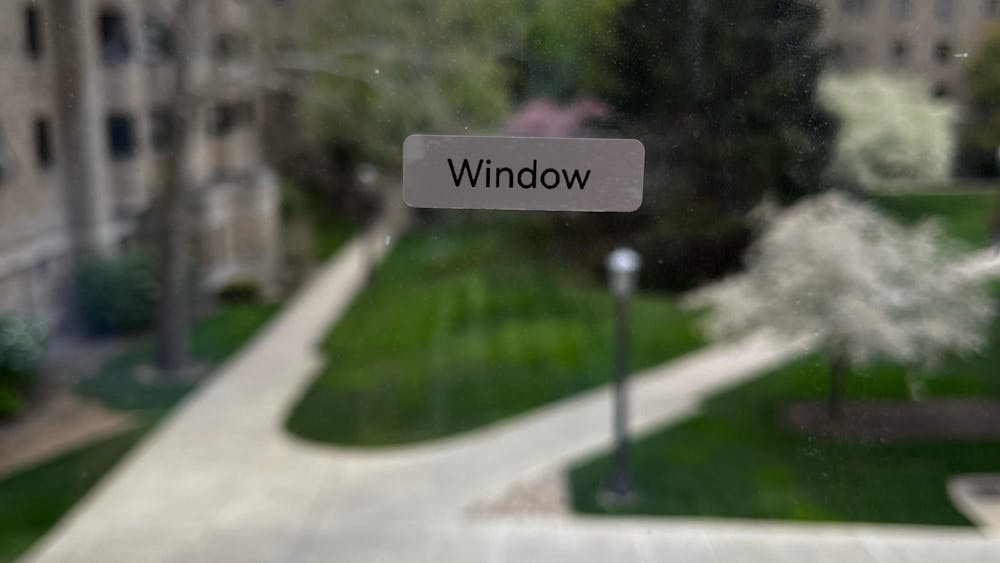After the fascist regime of General Franco (1939-1975), democratic Spain has reacted to the oppressive recent past with a vengeance. Contact with mainstream Europe after Franco's death contributed to expose Spanish society to ideas previously censored. Although the Catholic Church continues to voice its opposition to any form of non-marital and non-procreative sex, the prestige and influence it had under the Franco years have been seriously diminished, partly because Spaniards seem to have learned how easy it is to make do without an institution that has traditionally legitimized sexual repression, among other things. In consequence, modern Spain enjoys some of the most egalitarian legislation in Europe with regard to sexual orientation. It has become one of the seven countries in the world that allows same-sex marriage and permits adoption by same-sex couples. Gay men and lesbian women can serve openly in the army, act as judges within its judiciary system and be part of the police corps. The visibility of the gay culture in main urban centers like Madrid and Barcelona can be compared to that of San Francisco or Amsterdam. What is interesting to note is that, in spite of the openness, visibility and relative tolerance homosexuality has gained in modern Spain, members of the opposite sex continue to attract each other, to get married and what is equally important, to procreate. If the birthrate in contemporary Spain has dropped to critical levels, it has not been due to the permissiveness and visibility of the gay culture but rather because of the economic constrains parenting represents for the great majority of its urban population.
Despite current changes in attitude toward homosexuality in Spain, it is still hard to find a national gay press or a major politically oriented gay liberation movement (the existing ones are small, although they have official recognition from their local government), or LGBT programs in universities like the ones in the Anglo-Saxon world. It is another of the country's paradoxes that, in spite of the much-vaunted opening up in matters of sexual politics and behavior, there has been little space for alternative sexualities in Spanish academia. It has been notoriously resistant to the wave of cultural studies that have increasingly become part of academic curricula in major institutions of higher learning that facilitate intellectual development by stimulating minds, challenging narrow thinking and allowing students to question, search and discover in ways not allowed before. Most of the leading universities continue to be conservative and reticent when dealing with gender matters and forms of sexual expression that challenge traditional concepts of sexuality. Challenging these structures has not been an easy matter for gays, lesbians and gay-friendly hetero academics, since articulating our own positions involves exposure of the ways in which heterosexual hegemony regulates meaning. Although masculine homosexuality has been receiving modest attention, there is little research done on lesbianism. It continues to be the "terra incognita" female sexuality was for Freud some 90 years ago, the reason being that, like in most other European countries, lesbian voices continue to remain silenced and lesbianism hardly visible in Spain.

Current scholarship on homosexuality in Spanish literature continues to focus mainly on gay and bisexual poets like Federico García Lorca, Emilio Prados and Luis Cernuda. They were highly influenced by other renowned gay authors like Oscar Wilde, André Gide and Marcel Proust. Among these poets, Cernuda (1902-1963) stands out for the current interest he holds in LGBT studies, partly because, unlike other contemporary gay authors who chose to ignore the subject of homosexuality or represented it negatively, Cernuda demonstrates the freedom and joy that arises from voluntary acceptance of what he considered to be natural law. This strategic affirmation of gay love as a means of contesting heterosexism and homophobia — which is the principal ideological thrust of contemporary LGBT studies — together with his deployment of gay male desire as a category capable to resist and thwart attempts to fix identity, has also received much sustained scholarly attention.
However, it is Pedro Almodóvar, the most celebrated and internationally acclaimed film director in Spain today, the one who has most visibly exported LGBT culture throughout the world and is attracting most interest in LGBT studies. The film strategies he uses to enact the disturbances of homosexual desire and desire in general, together with his recurrent concern with gender fluidity, the interchangeability of sexual tastes and orientations, and constant interrogations of sexual identities, all these subjects which he represents in his films resonate with his audience, students and LGBT scholars in unprecedented ways. Moreover, in a plurinationed country like Spain, where tensions between Spanish and regional identities have been a powerful driving force for the last two decades, Almodóvar's postmodernist inquiries into traditional concepts of identity have also resonated among scholars across cultural and disciplinary boundaries who have paid increasing attention to the constructions of social subjectivity and collective identities.
Carlos Jerez-Farrán is Professor of Spanish, Fellow of the Nanovic Institute for European Studies and Gender Studies Senior Fellow, 2009-2012. He can be reached at cjerezfa@nd.edu
The views expressed in this column are those of the author and not necessarily those of The Observer.












